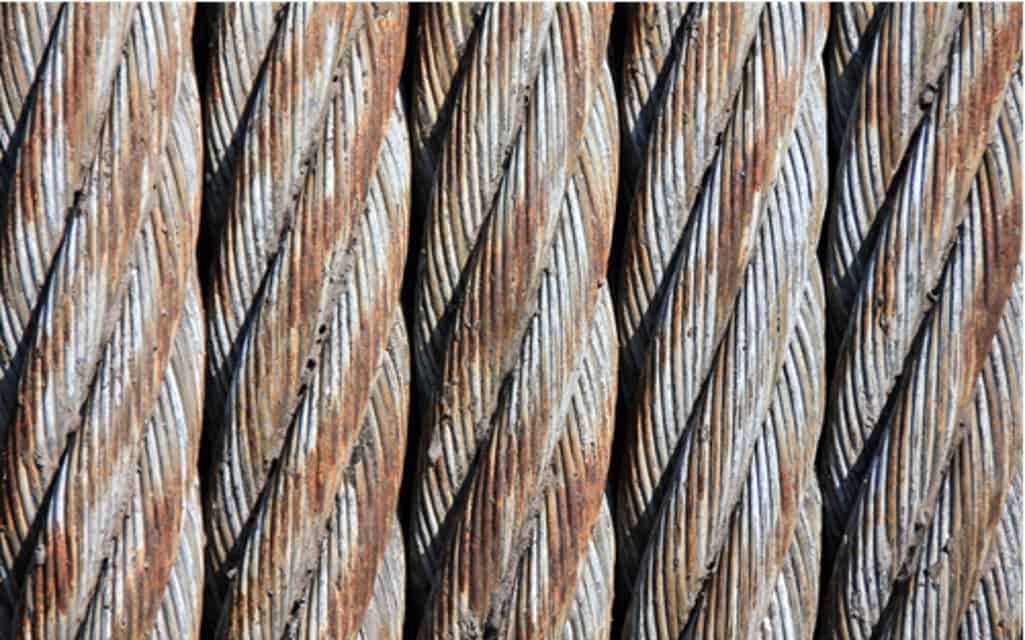Embarking on a construction project, wire craft, or just something techy? Wire rope is a perfect tool in more ways than one.
It’s flexible enough to shape into whatever form you need. It’s strong enough to use for years in various applications. And, if your project needs corrosion resistance, wire rope is where it’s at. Are you looking for new wire rope crimper equipment? If so, don’t look past Wire Industrial & Marine. The wire rope hoist is one of their most popular products. It’s durable, reliable, and affordable.
The question is, how do you know what sort of wire rope is just right for your particular project?
When it comes to selecting the perfect rope, here are the three main features to consider.
1. Strength
In written form, the strength of wire rope is written in “minimum breaking force.” This means that when placed under tension, a wire rope should break at an amount equal to or higher than the minimum breaking force.
Quality wire rope suppliers will not only take minimum breaking force into account, but they will also provide wire rope options that offer excellent reserve strength. Simply put, this is the relationship between the strength offered by all wires in the outer strands, and the wires left in the outer strands once the outer layer of wires is removed.
Basically, before you choose a wire rope for a project, you need to understand the weight and strain placed on that rope.
From there, you can determine what minimum breaking force and reserve strength you’ll need.
2. Flexibility
Interestingly, you can choose a wire rope that is both strong and flexible. Depending on what you need it for, a wire rope’s ability to bend and shape as you need it can make or break the success of your project.
There are four significant factors that influence a wire rope’s ability to bend easily if in an arc. They include:
- The diameter of the wires the rope is made with
- The rope and strand’s construction
- The metal composition of the wires and their finish, i.e., are they galvanized?
- Whether you have fiber or IWRC as the core material
Keep in mind that small ropes bend more easily than large ones. Typically, ropes made with many wires bend more easily than cables of the same size made of fewer, large wires.
These facts are all helpful to consider when looking at wire ropes for a project where sturdy flexibility is required.
3. Stability
When someone mentions the “stability” of a wire rope, they usually mean it’s handling and working characteristics.
Stability is a general term used to describe how easy a rope is to work with and refer to a number of different things that are more opinion-based. The basics you should know are that if a wire rope is constructed well, with quality strands, it will be more “stable.”
Fewer strands and more simple ropes are often more stable. Thus, making them slightly easier to maneuver and work with.
After all, when working, you want a stable rope that spools easily and pulls when you want it—yet another major aspect of wire rope quality to keep in mind when choosing.
Find the Right Wire Rope Today
When it comes down to selecting the right wire rope for your project, it’s helpful to consult with a manufacturer. They can listen to your project needs and suggest a cable that meets the strength, flexibility, and stability you need.
For more tech-related tips, browse the Tech portion of our blog.



